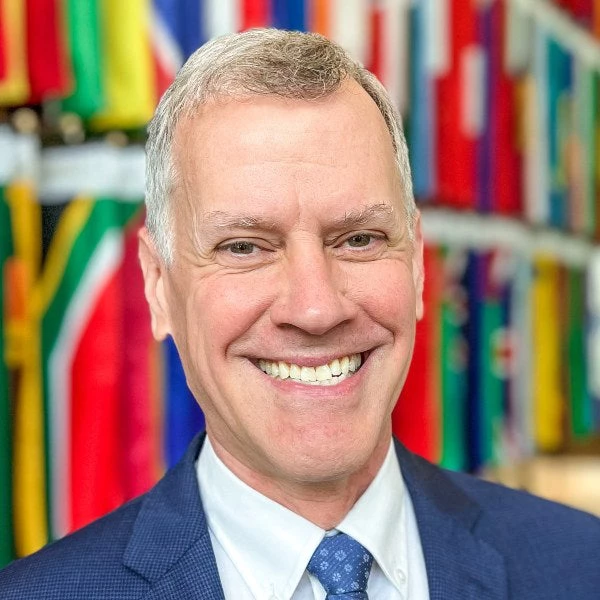 School kids from Tanzania. | © shutterstock.com
School kids from Tanzania. | © shutterstock.com
The World Development Report 2018: Learning to Realize Education’s Promise (WDR 2018) offered a comprehensive analysis of the global learning crisis and proposed three pillars for action. Our first blog showcased the impact of the report’s messages. In this blog, we assess the progress made under each pillar and examine whether the report has led to meaningful action in addressing the global learning crisis.
Pillar 1: Assess Learning to Make it a Serious Goal
The WDR 2018 highlighted the lack of measurement of learning outcomes as a critical issue. While the report didn't advocate for more high stakes testing, it emphasized the critical need for much more information on basic reading and math competencies. It has played a pivotal role in focusing more attention on foundational learning, complementing the SDG targets. Progress under this pillar includes:
- LAYS and the HCI: The Human Capital Index launched by the World Bank in 2018 integrated the Learning-Adjusted Years of Schooling (LAYS) indicator as the education component, bringing discussion about the learning outcomes to the strategy discussions between the World Bank and client countries. The LAYS metric has also gained prominence in the media, and it has been used by various development agencies and cited in over 500 research papers.
- Learning poverty: To spur action, the World Bank (together with the UNESCO Institute for Statistics) in 2019 introduced the learning poverty metric, which measures the percentage of children unable to read and understand a simple story by age 10. This metric, created as a direct outgrowth of the WDR, quickly caught on. In 2022, a coalition of agencies working in international education—the World Bank, UNICEF, FCDO, USAID, the Gates Foundation, and UNESCO—released new estimates warning that the learning poverty rate may have shot up to 70 percent in the wake of COVID.
- Expansion of learning data: The availability of assessment data for tracking progress toward SDG learning goals increased from 38% in 2016 to 45% in 2021. To fill remaining gaps in learning data, the World Bank committed to support at least 20 IDA countries in measuring learning, and then supporting them in efforts to reduce learning poverty. Overall progress on measuring learning in an internationally comparable way is still much too slow.
- High-level support for foundational learning: World Bank’s regional education strategies for West and Central Africa, and for the Sahel region specifically, endorsed by governments in those regions, now incorporate explicit targets for reducing learning poverty. And globally, in 2022, the Bank and its partners launched a Commitment to Action on Foundational Learning that has now been signed by more than 25 countries and many organizations, all committing to achieve a sharp reduction in learning poverty.
Pillar 2: Act on evidence to make schools work for learning
Attention is crucial, but what matters for learning is action leading to changes in the classroom. Progress in this pillar is also evident:
- Greater focus on learning in World Bank projects: Between 2011 and 2018, none of the World Bank’s Project Appraisal Documents for primary education projects mentioned the learning crisis, but by 2020-21, 92% did. A recent 5-year Bank retrospective, Realizing Education’s Promise, highlights how making schools work for the learning of all children has increasingly taken center stage in Bank operations.
- More usable evidence: Efforts both within and outside the World Bank have expanded the evidence base and made it more user-friendly. Initiatives like the Global Education Evidence Advisory Panel publish Smart Buys reports on cost-effective interventions. Impact evaluations are now more focused on providing policymakers with timely insights.
- Improved programs and policies: More effective forms of teacher training (for example in structured pedagogy or teaching at the right level, such as in Nigeria) and early childhood education have gained prominence in Bank-supported projects (as the World Bank’s ECE portfolio has increased from $1 to $2 billion since 2019), reflecting the WDR's findings and recommendations.
Pillar 3: Align actors to make systems work for schools
Aligning diverse actors toward improving learning outcomes—which means making learning of all children a political priority—is challenging but essential. Progress here includes:
- Greater attention to political economy in education research: Research on systems that achieved sustained success in improving foundational learning has highlighted the crucial role of high-level political leadership. Examples from Sobral/Ceará (Brazil), Kenya, Puebla (Mexico), and Peru demonstrate how political commitment can drive progress.
- More attention to high-level political commitment in the Bank’s operational work: The WDR 2018 sparked increased focus on political barriers in World Bank regional reports, such as those for MENA and South Asia. World Bank staff working on education now prioritize partnerships with governments showcasing commitment to learning.
Despite these advances, aligning actors remains the most challenging aspects of tackling the learning crisis. Achieving sustained global progress will require political coalitions for learning in many more countries.
The World Development Report 2018: Learning to Realize Education’s Promise has made substantial contributions to highlighting and addressing the global learning crisis. Progress in each of the three pillars for action demonstrates not only greater recognition of the importance of foundational learning, but also greater understanding of what we need to do. Ultimately, the test will be whether we see improvements in learning—especially for the most marginalized. The Covid pandemic has delivered such a severe setback to human development, with an expected sharp increase in learning poverty globally, that it will take some time to see changes bear fruit. But we start from a firmer foundation for reform than we did five years ago.



Join the Conversation